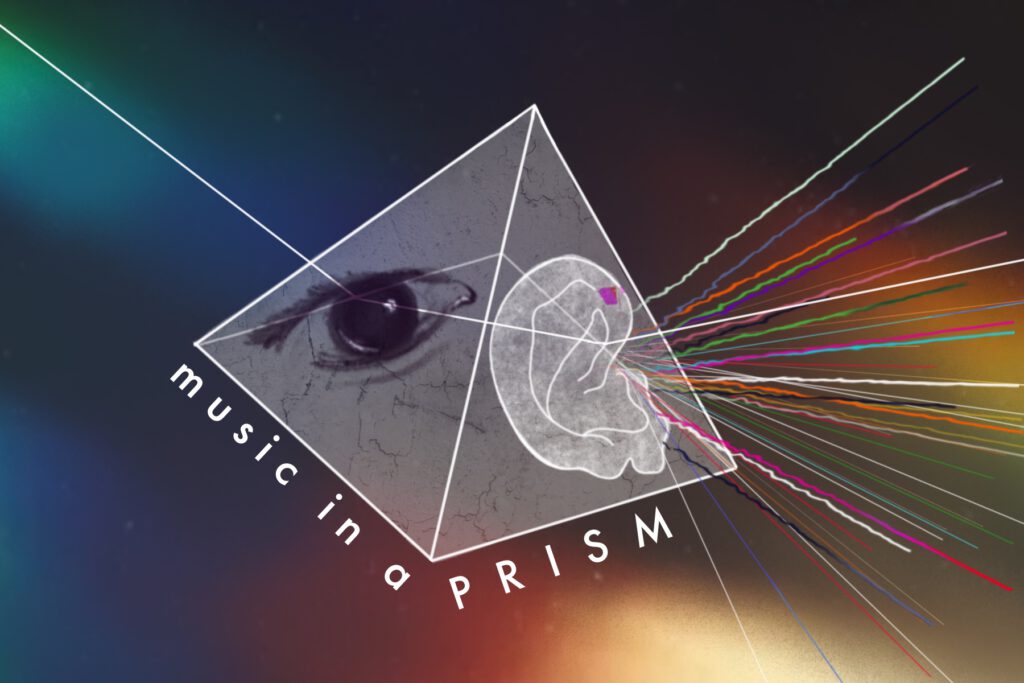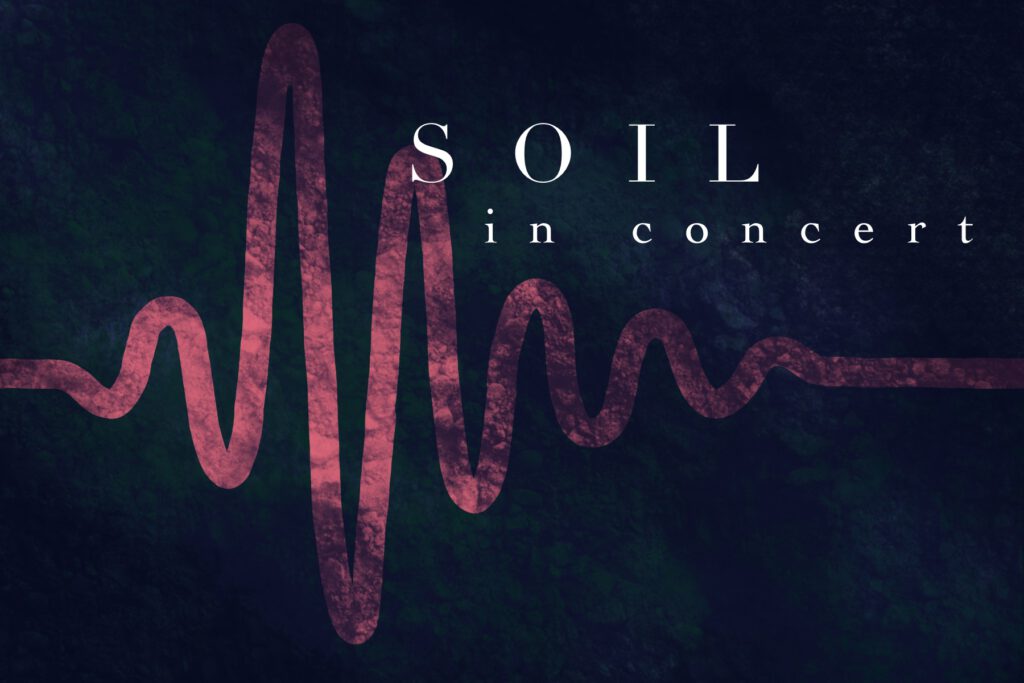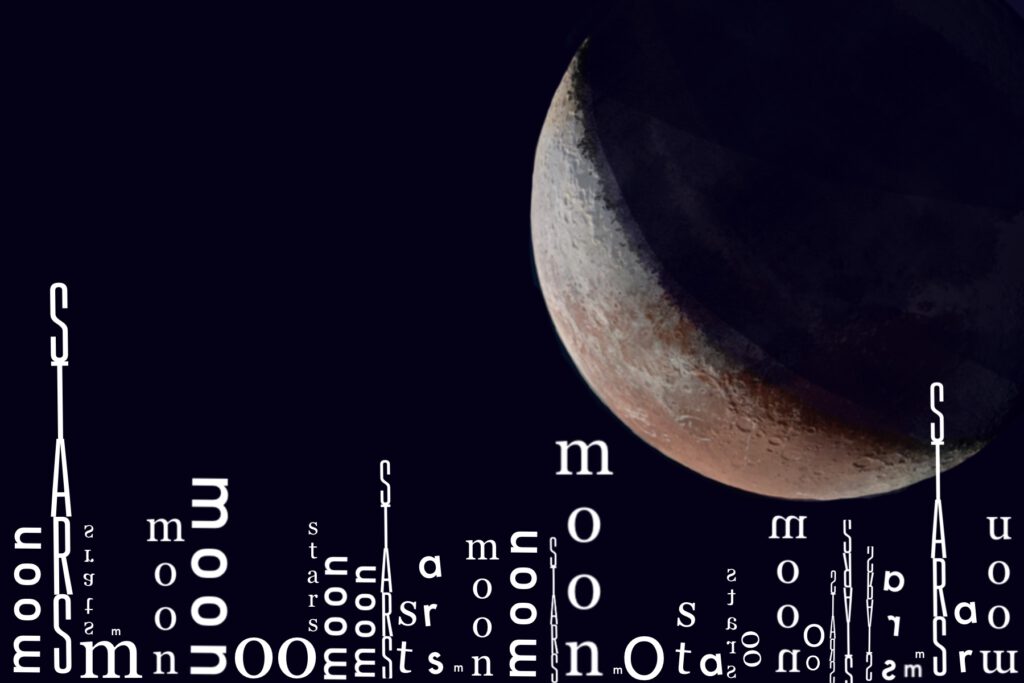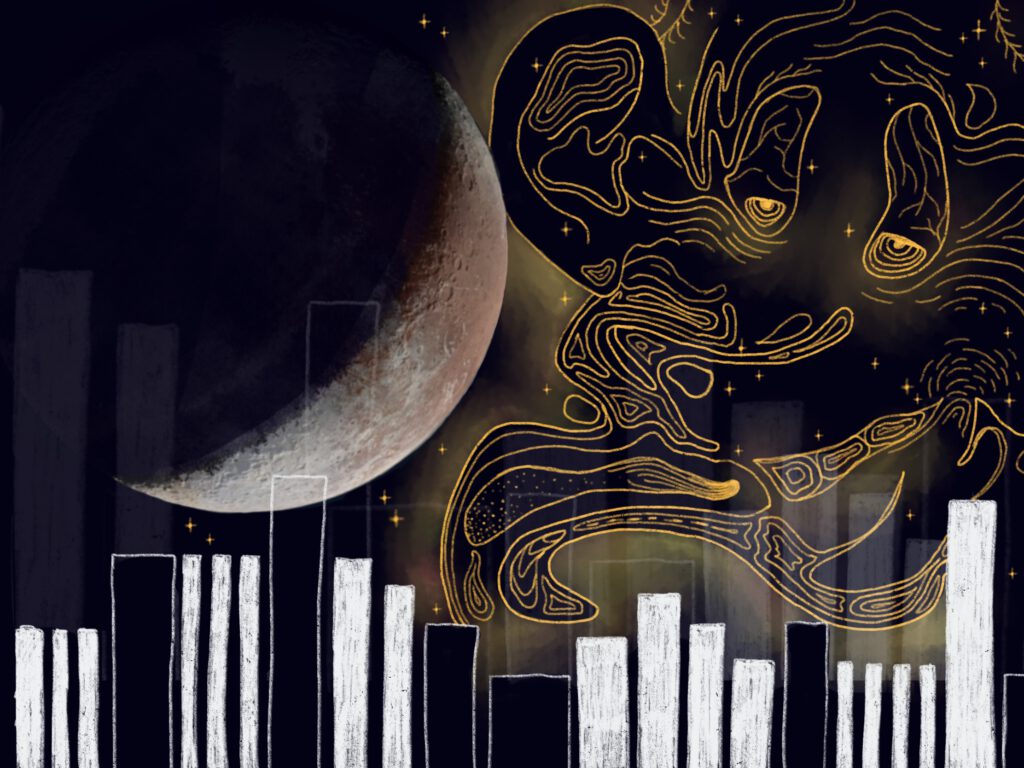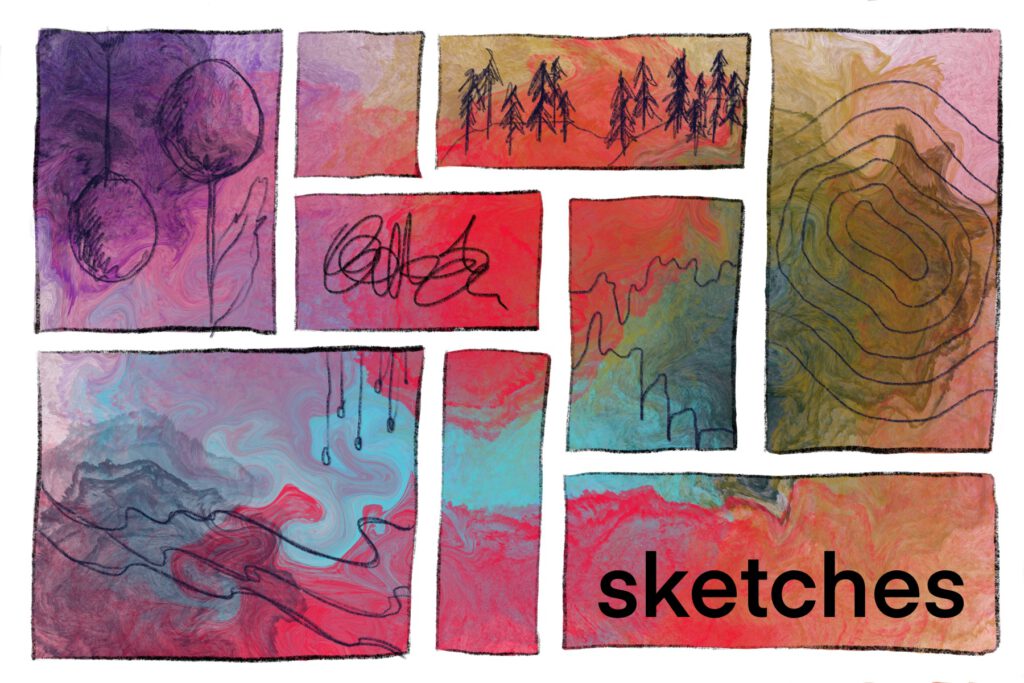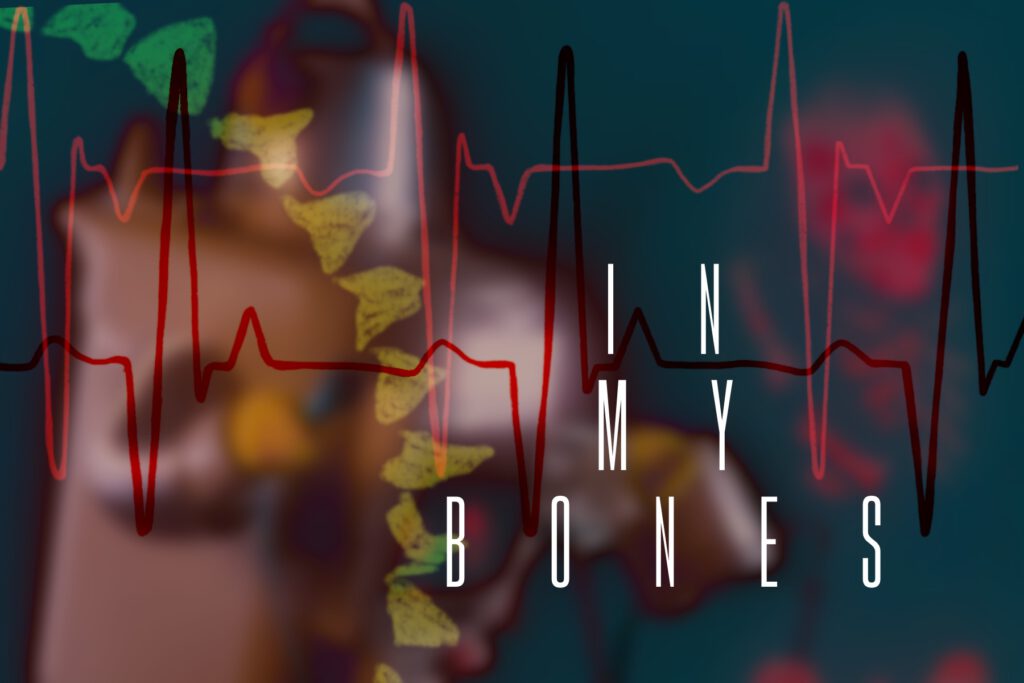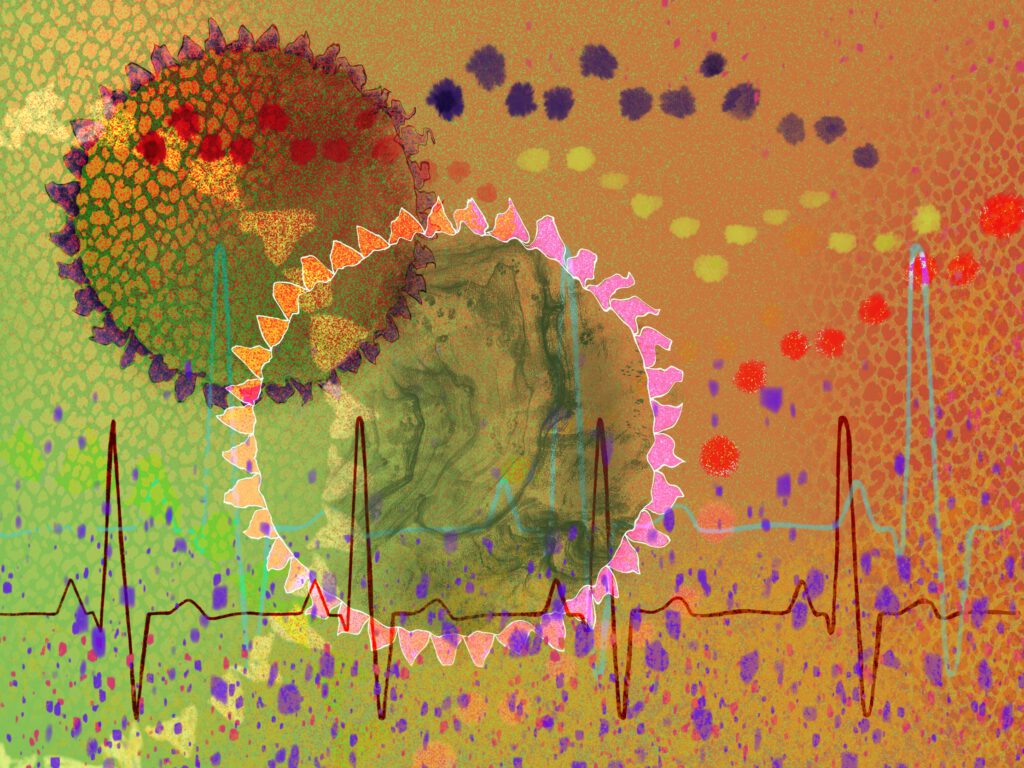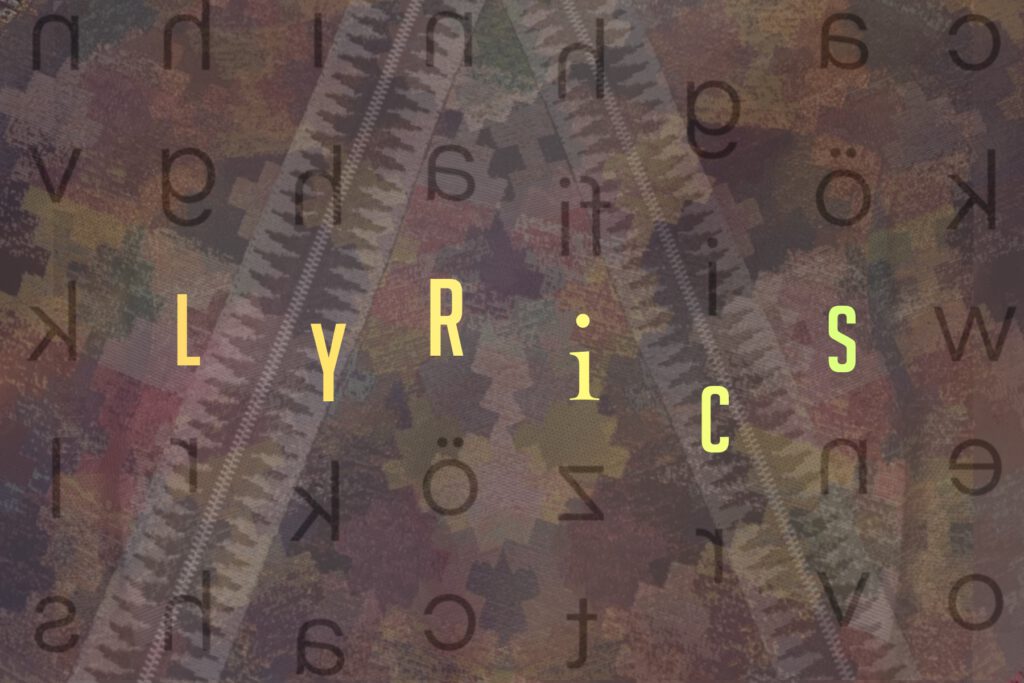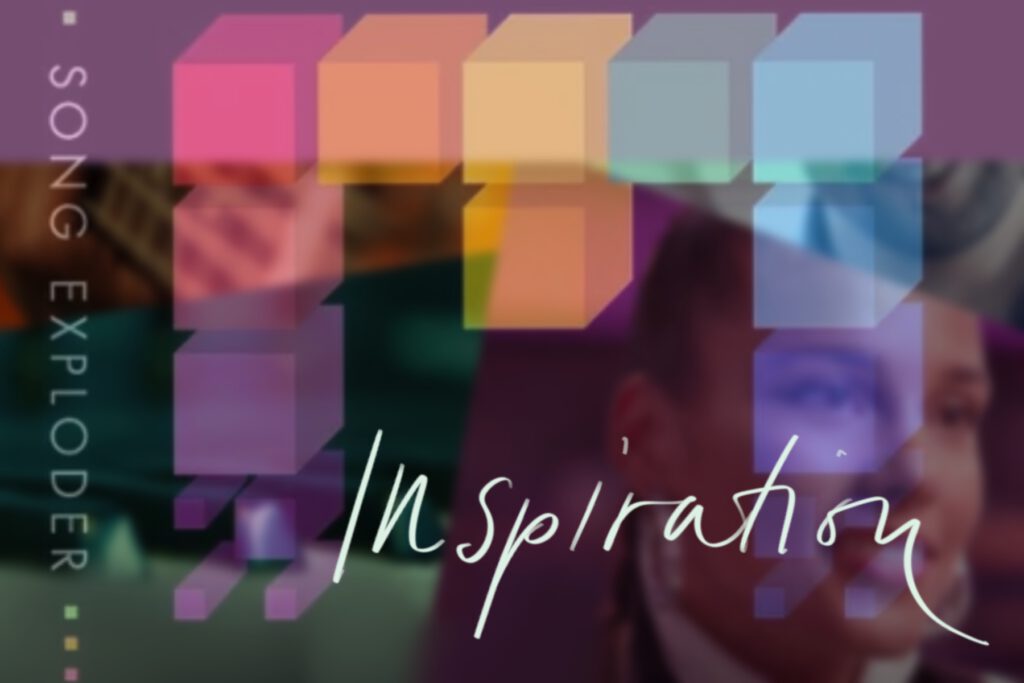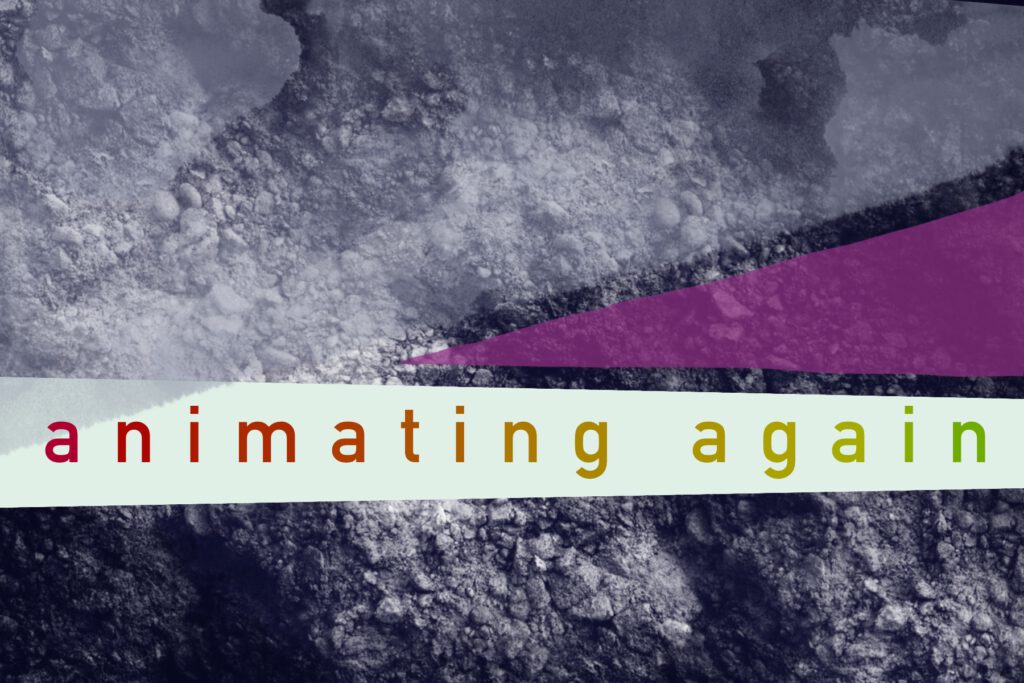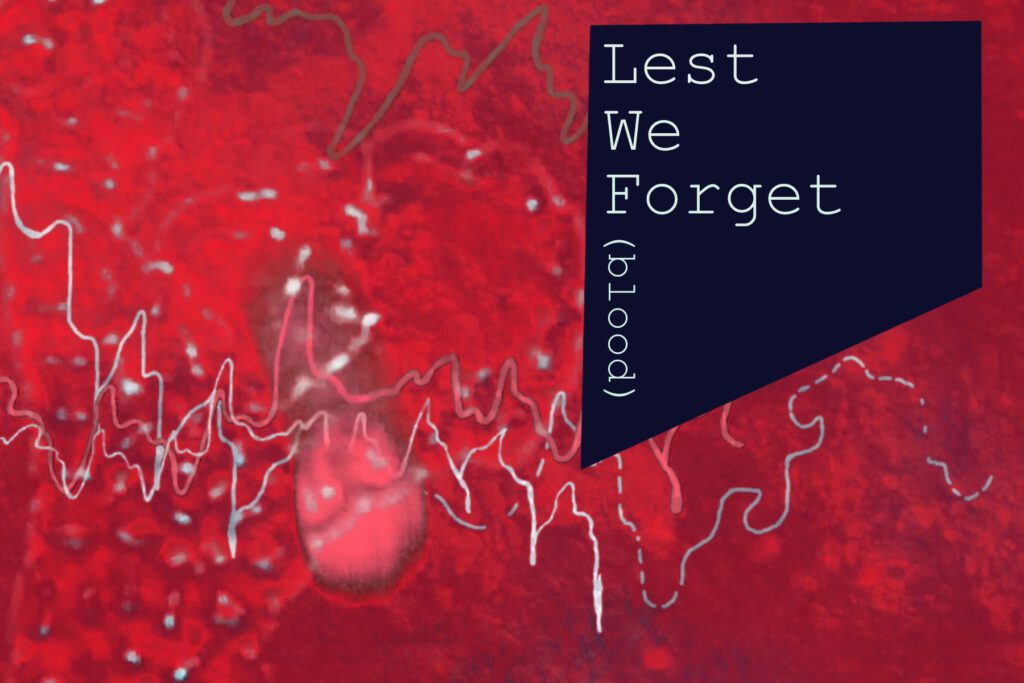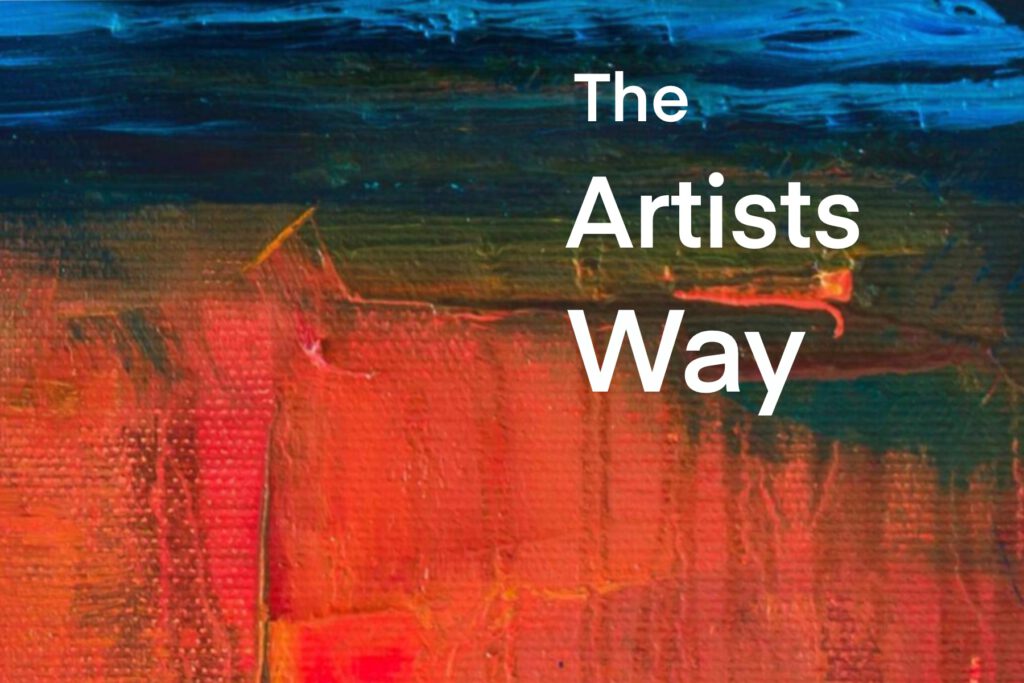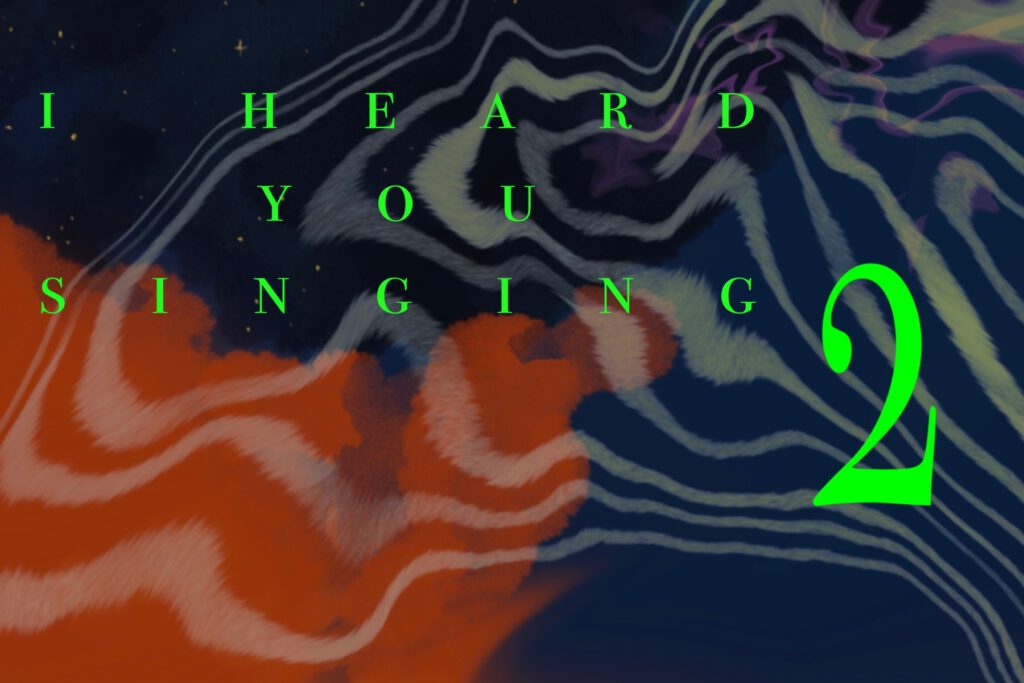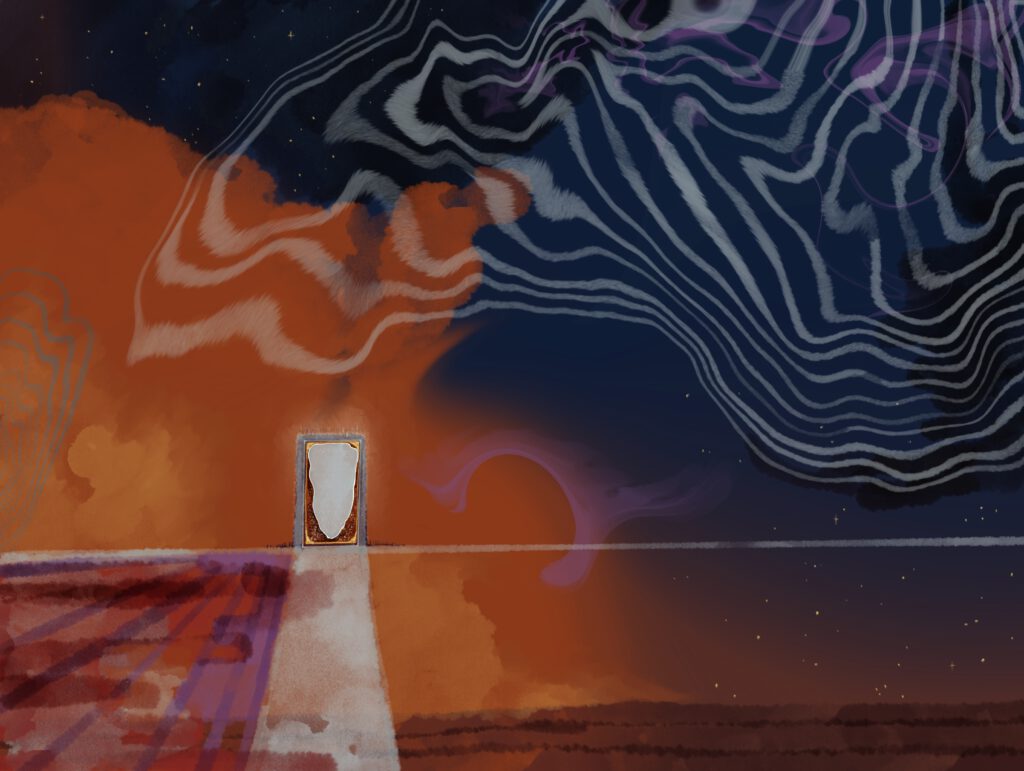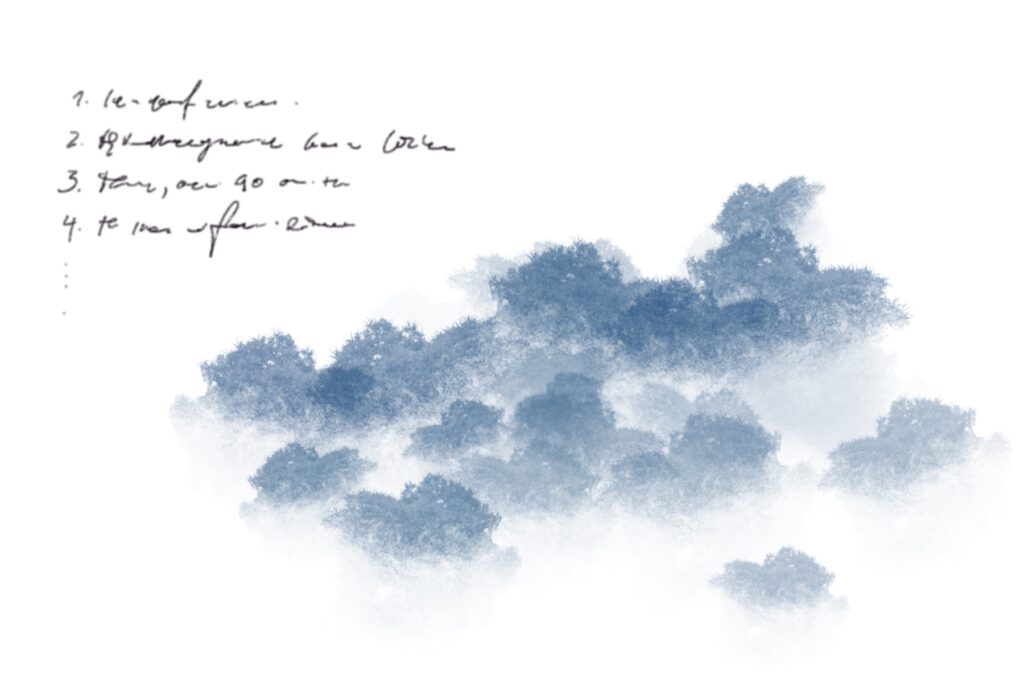
TABLE OF CONTENTS
- Introduction
- Methodology
- Process Documentation
- Transforming „Heaven in Pennies“ by Esperanza Spalding
- Transforming „I Heard You Singing“ by Jacob Collier & Becca Stevens
- Transforming „Gotta Be Another Way“ by KNOWER feat. WDR Big Band
- Transforming „Meadowlarks“ covered by MARO & Jacob Collier
- Transforming „Halleluja Junction“ by John Adams
- Transforming „Atchafalaya“ by Snarky Puppy
- Transforming „Sing To The Moon“ by Laura Mvula
- Transforming “ In My Bones“ by Jacob Collier feat. Kimbra & Tank and the Bangas
- Transforming „Lest We Forget (blood)“ by Esperanza Spalding
- Discussion


